Scaled-down Salone del Mobile Supersalone a taste of things to come
In Milan, Supersalone prefigured next year’s return of the main event with an explosion of pent-up creativity.
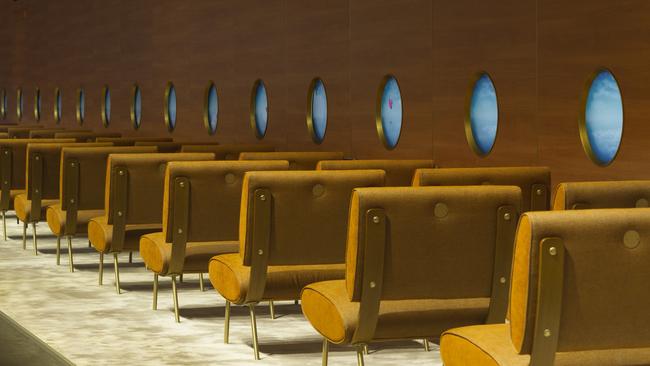
Milan’s famous design fair Salone del Mobile was a scaled-down affair this year, held in early September by way of a special spin-off dubbed Supersalone. Although the turnout was smaller than usual due to the pandemic, the 18-month postponement meant creatives had a year and a half of pent-up creativity to unleash. Ideas relating to digitisation and sustainability were at the forefront, as the city transformed its neighbourhoods and buildings into spaces for cultural exchange. There were unconventional locations with dynamic presentations as well as display booths that could be dismantled and reused, and a green area with trees set to be replanted throughout the city after the fair was over. Established brands and heavy-hitters put on impressive displays with souped-up showrooms, but there was also strong support for the next generation, most notably by way of The Lost Graduation Show, featuring projects from 48 design schools across 22 countries.
Now that the world is healing, Salone del Mobile.Milano is making up for lost time, with the main event scheduled for April 5-10, 2022, as the Italian city welcomes the global design community back with bigger and more joyous social events.
HERMÈS
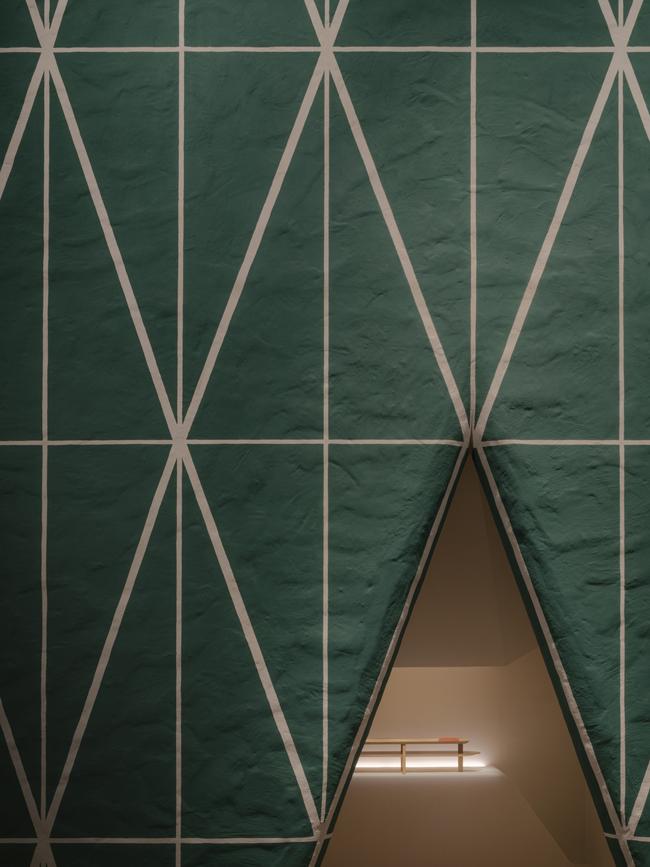
The Hermès Collection for the Home was an enchanting multisensory installation with a soundscape by Mexican composer Manuel Rocha Iturbide. The set design, by mastermind Hermès Home Universe creative director Charlotte Macaux Perelman, featured a maze of square plaster chambers on beds of sand. Each volume – hand-decorated in geometric patterns – welcomed visitors via open doorways leading to spotlit interiors gently showcasing the luxury brand’s furniture and homewares collections. Raw and natural materials coupled with innovation and traditional know-how was expressed in decorative objects too, all of which were created to celebrate the tactility of leather, metals and stone. Collaborative works by designers and architects was also on show, and included the Sillage d’ Hermès armchair by Studio Mumbai made from cellulose fibres and lacquered boxes with equestrian inspired drawings by Nigel Peake.
-
GALLERIA ROSSANA ORLANDI
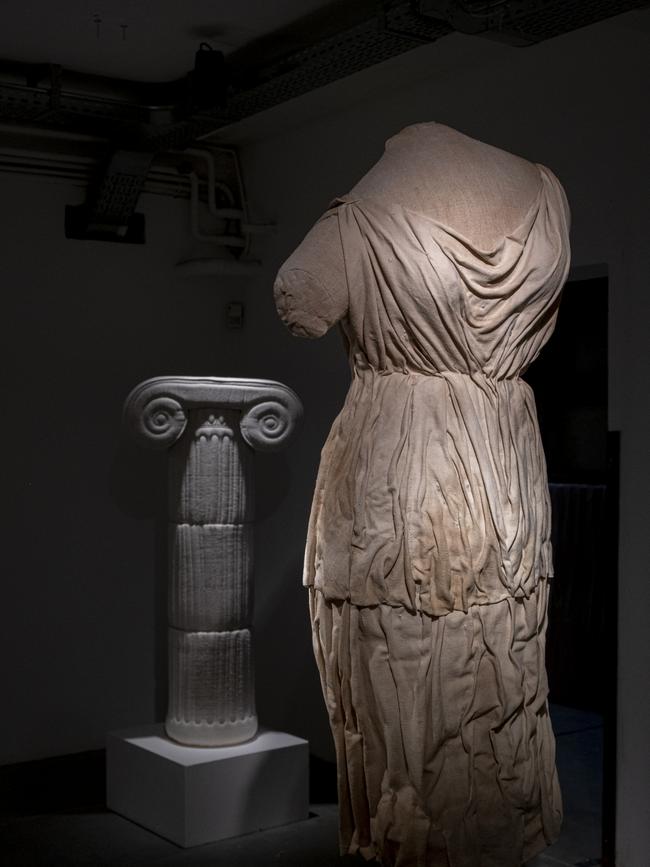
Affectionately known as the doyenne of Italian design, Milan’s influential Rossana Orlandi curated RoCollectible Design, an eclectic mix of works at her eponymous gallery on Via Matteo Bandello. The gallery’s famous courtyard, normally flush with a who’s who of social butterflies, was a more subdued affair this year, but nonetheless still a relevant and dynamic display. With her knack for spotting talent, Orlandi has helped launched some major careers over the past two decades and has been a fervent champion of up-and-comers. It showcased an eclectic mix, and standouts included works by Sergio Roger, who subverts classic marble columns and Greco-Roman busts into realistic antique textile sculptures; chunky raw concrete and translucent resin tables by Draga Aurel; and an impressive mineral block table made from a cast brass mirror by Jean Yves Lanvin, whose namesake is his great grandfather, the founder of fashion house Lanvin.
-
CC-TAPIS
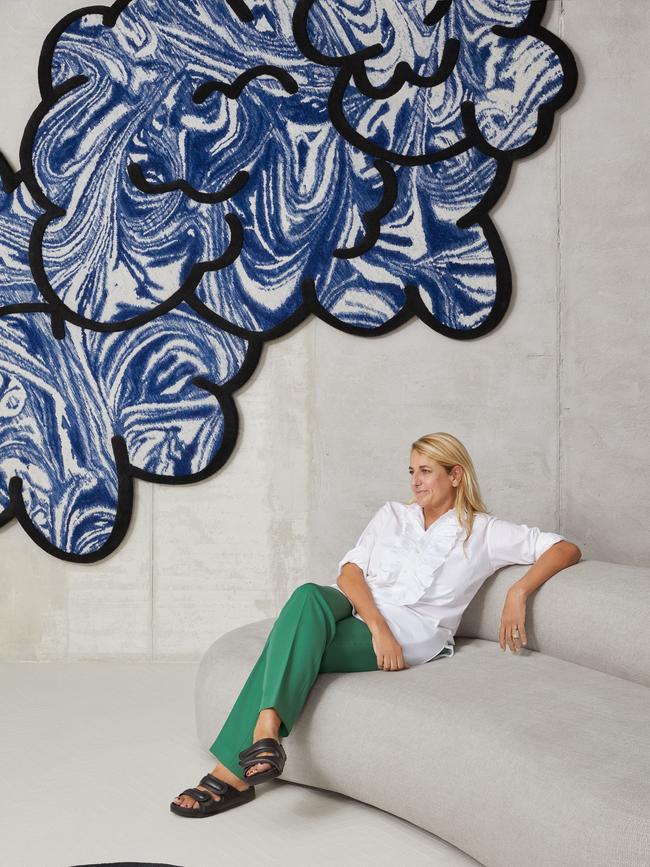
Rug company cc-tapis celebrated a decade in business, continuing its winning streak with rugs akin to works of art. Employing “new approaches to traditional methods”, it makes the rugs in Nepal using hand-knotted Himalayan wool and skilled artisans with no industrial machines. While cc-tapis showcased the impressive collections it produced throughout the year, it was really all about its recent collaborations: superstar design all-rounder and long-term collaborator Patricia Urquiola, who created Venus Power, an intense four-piece collection influenced by graffiti art; Dagallà by Edoardo Piermattei, an expression of the landscape from an aerial view; and Ombra by artistic team Muller Van Severen, whose optical illusions of shadow play and 3D shapes were the ultimate trompe-l’oeil.
-
STEFAN SCHOLTEN
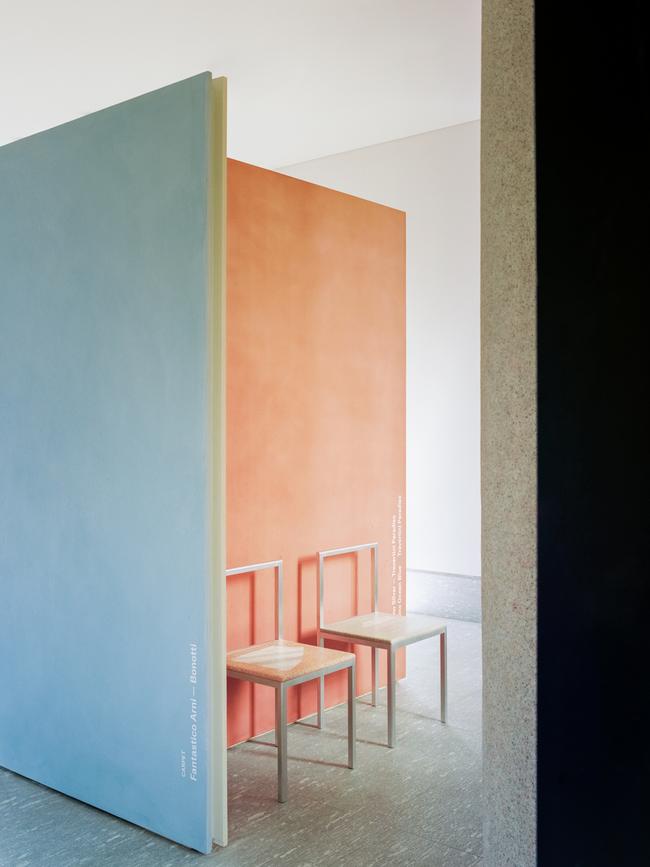
In the ultimate expression of upcycling, Stefan Scholten’s installation The Stone House comprised furniture made from waste marble and travertine. The Dutch designer repurposed irregular offcuts from quarries around Italy, executing new and different applications combined with centuries-old techniques such as terrazzo, palladiana, marmorino and mosaic. In collaboration with Stone Made Italy, Scholten used saw residue, broken pieces, chunks and grit to produce furniture and even a stone “carpet”. Showcased as part of Masterly – The Dutch in Milano, Scholten’s work stitched together unexpected combinations and colours to create the height of sustainable luxury. For chairs and tables he used a spectrum of marbles, including Statuario, Fantastico Arni, Travertino Silver, Calacatta Macchia Vecchia and Zebrino.
-
MOLTENI&C
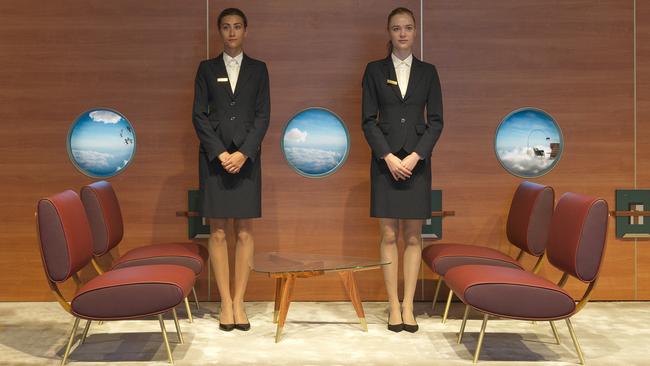
For deprived air travellers, Molteni&Co’s conceptual airline presentation was like dangling a carrot in front of a horse. The Italian furniture powerhouse evoked a quietly luxurious mise-en-scène with rows of its reissued Round (D.154.5) armchairs, originally designed by Gio Ponti in the 1950s then used in Alitalia airport terminals. Its latest incarnation, faithfully reproduced, is constructed from just eight individual pieces. Presided over by two “flight attendants”, the installation by Ron Gilad evoked a mid-century look with a timber-lined wall and buttery leather armchairs beside portholes overlooking the “sky”. Remaining faithful to the original chair, Molteni&C worked with the Gio Ponti Archives, poring over drawings, images and period materials to help recreate its soap bar backrest. The brand’s complete furniture collection was on display at its elegantly renovated flagship.
-
ALCOVA
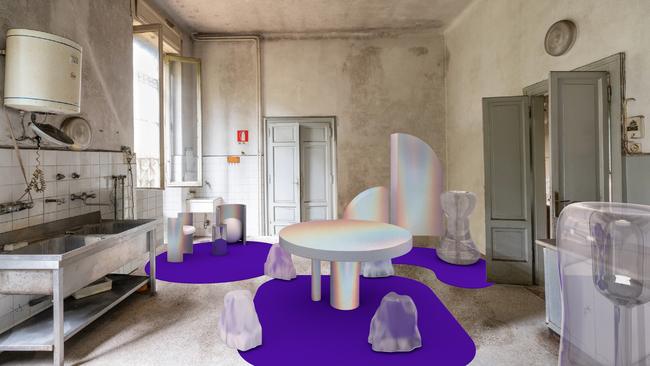
An abandoned military building surrounded by an overgrown urban park was the site for Alcova, a dynamic platform for independent design showcasing everything from tapestry to furniture and ceramics. Of the 50 exhibitors that had everyone talking, standouts included: a series of domestic furniture shapes fattened into oversized volumes with space-age holographic surface treatment by Objects of Common Interest/etage projects; a provocative installation by Geneva’s University of Art and Design curated by India Mahdavi with its conceptual rereading of Stanley Kubrick’s Kodova Milk Bar from A Clockwork Orange; and London-based Agglomerati studio, which worked with Melbourne furniture maker Fred Ganim on MASS, a collection of volumes carved from a single block of marble.
-
ARTEMEST
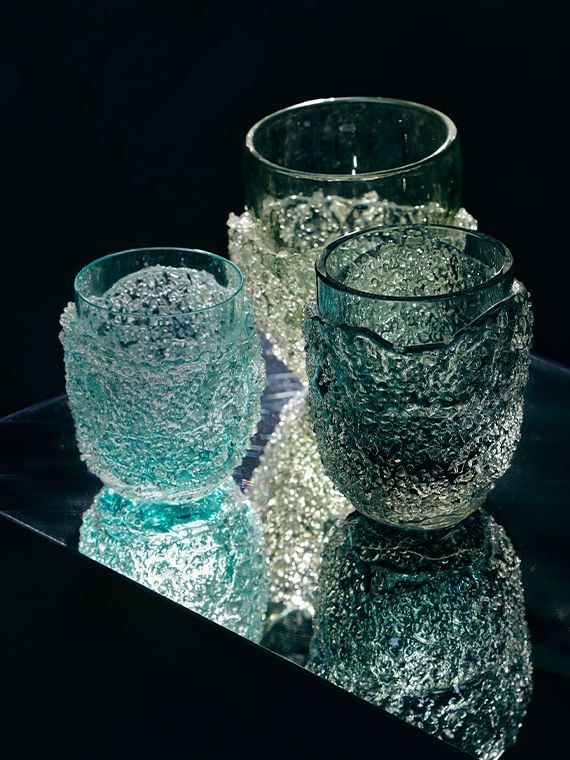
Innovative e-commerce platform Artemest asked Italian makers to create pieces inspired by the theme of water to present at Milan’s Senato Hotel. The objects, in keeping with Artemest’s allegiance to luxury artisanal products, were made by talented craftspeople and available to purchase online. A journey from the hotel lobby ended in a dark courtyard with a pool of water in a dizzying display of glowing, translucent and mirrored pieces. Artemest says the theme of AQVA stemmed from the desire to “bring the hidden waters of the city to the surface … to celebrate the importance of water as a source of life and energy”. Best on ground at the dreamy display included Fornice Objects’ 3D-printed glowing soft-serve shaped lamps; Micheluzzi’s drinking glasses resembling crushed ice; and Atlasproject’s hybrid mirrors with aquamarine bubble-like inserts.
-
MOHD X STUDIOPEPE
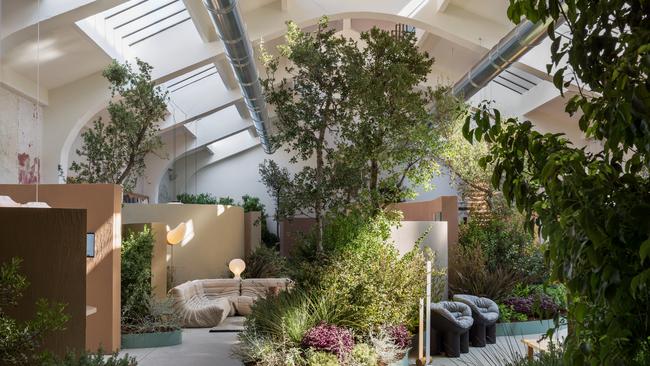
Italian multi-brand retailer Mohd Home enlisted ultra-cool duo Studiopepe to help launch its new 500sq m repurposed space Officina Milano. Mohd, which stocks big names such as Flos, Ligne Roset, Vitra, Poliform, Moroso and Knoll, let Studiopepe run wild with lighting and furniture settings studded along a winding path surrounded by trees, shrubbery and plants. Named Botanical Collettiva, the immersive experience spoke to ideas about the coexistence of architecture and the natural world. Surrounded by nature, indoor lounges, home offices and living rooms offered up a literal dialogue between landscape, design and the ecosystem.
It was also a novelty to see high-end sofas and dining tables “outdoors”.
-
SELETTI
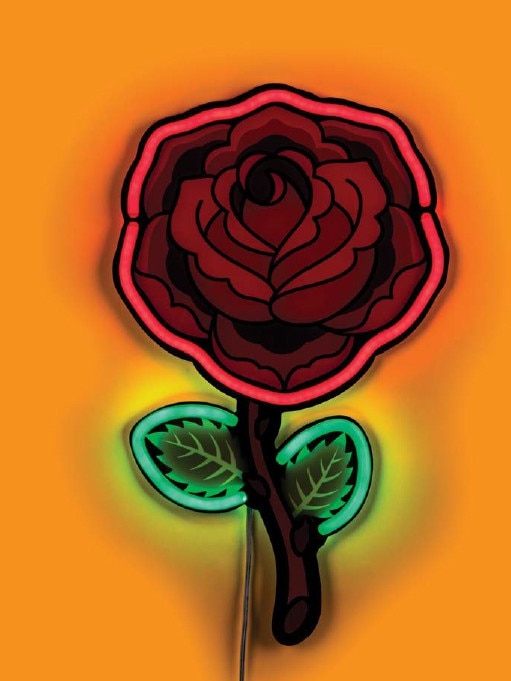
As fun and free spirited as ever, beloved 1960s Italian company Seletti brought some much needed joie de vivre to Milan with its whimsical products and bonkers partnership with Toiletpaper magazine for a spin-off range featuring wild graphics on homewares. An oversized crescent-shaped moon lamp stood sentry at the door of its updated and maximalist flagship store, bursting with irreverent furnishings and furniture, while an exhibition space in the Rinascente “Design Supermarket” mall was an ode to the most iconic Seletti products, alongside newer partnerships. Renowned for transforming everyday objects into quirky versions of themselves, Seletti had industrial designer Alessandro Zambelli create a resin cast soap dispenser, can and toothpaste, their contents glowing with LED light.
-
DIOR MAISON CHAIRS
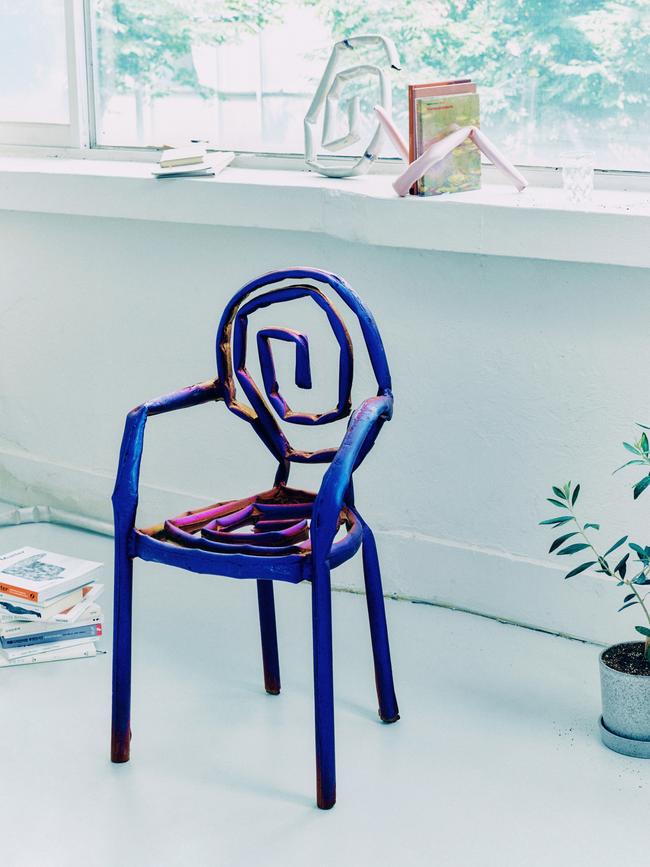
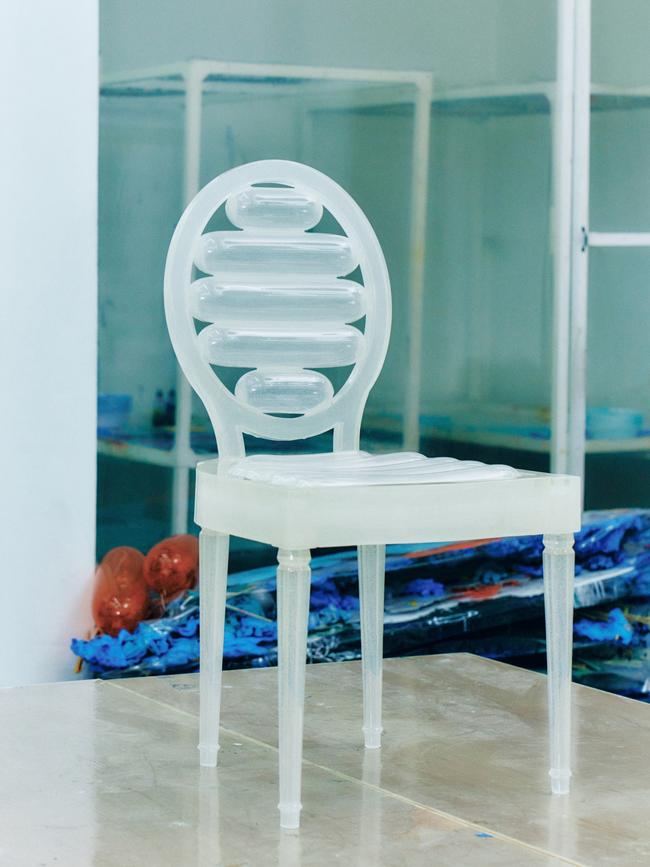
Dior Maison invited 17 contemporary artists and designers to reimagine its iconic medallion chair, a classic Louis XVI style favoured both in the fashion brand’s boutiques and in the early days of its couture shows.
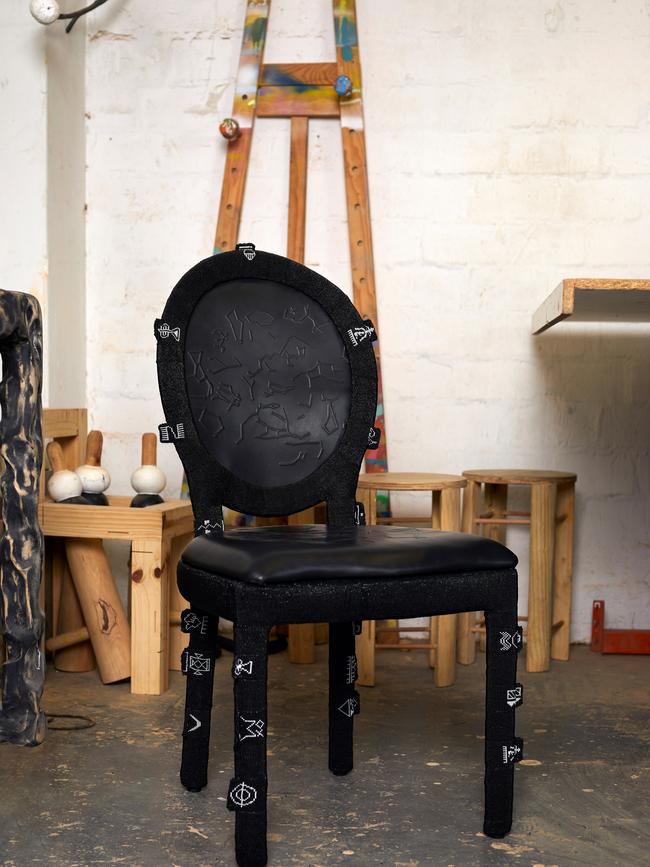
Given such free rein, the results couldn’t have been more diverse: Pierre Yovanovitch upholstered an old Dior monogram in new, hand-embroidered colours; Korean artist Jinyeong Yeon subverted materiality using industrialised pipes and bent aluminium with diagonal striations; Oki Sato (Nendo) used cutting-edge technology and tempered glass to sculpt a graphic reinterpretation he called a “new Dior look”; South African multidisciplinary artist Atang Tshikare coated the elegant chair in black with symbolic beads and delicate engravings; and Korean Seungjin Yang used epoxy resin molded into playful balloon shapes to reinvent the structure. Dior also produced terrific behind-the-scenes videos with the designers @diormaison
-
